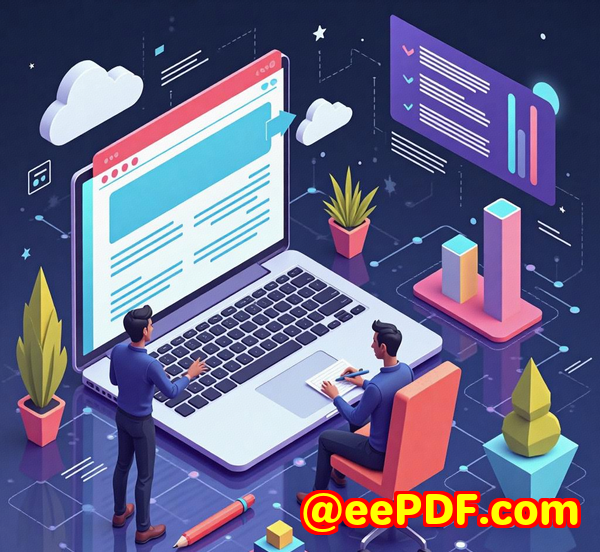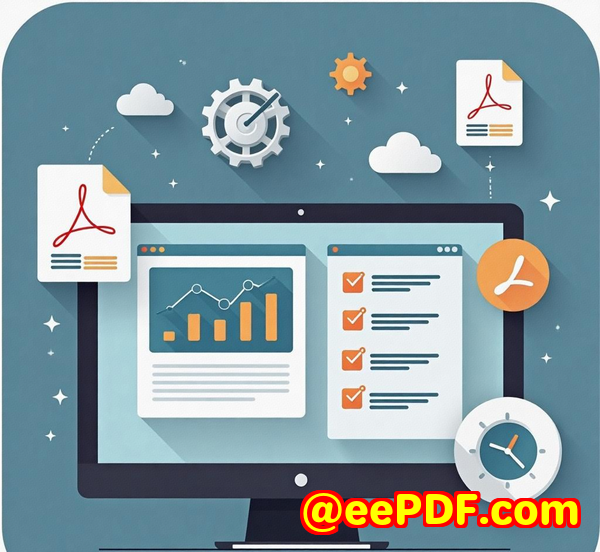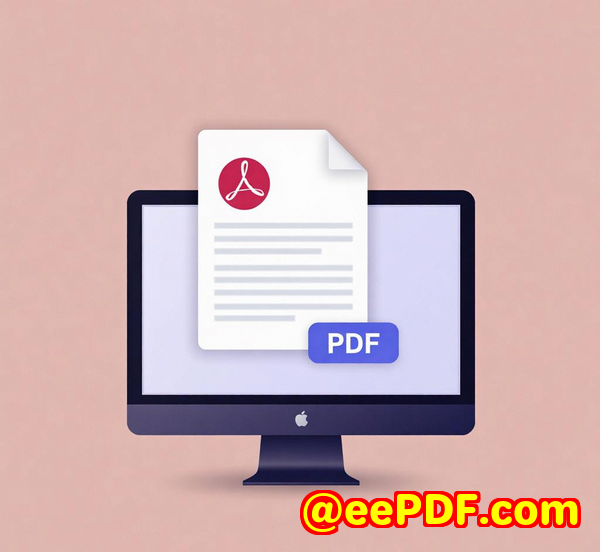Easy way to overlay For Internal Use Only on confidential files across departments
Easy Way to Overlay "For Internal Use Only" on Confidential Files Across Departments
Every Monday morning, I used to dread sifting through piles of PDFs scattered across different departments each one needing that "For Internal Use Only" watermark slapped on before anyone outside the company could see them. It was tedious, error-prone, and honestly, a massive waste of time. If you've ever faced the headache of manually stamping confidential markings on thousands of files, you know exactly what I mean.
That's when I discovered the VeryPDF PDF Overlay Command Line and SDK. This tool changed the game for me and my team by automating the overlay process no fuss, no mistakes, just smooth, professional results every single time.

Why Overlaying PDFs Matters for Confidential Documents
Overlaying in PDFs isn't just about throwing a watermark on top. It's about preserving the quality and structure of the original file while making sure your message like "For Internal Use Only" is clear and consistent across all documents.
Many teams rely on manual PDF editing or clunky merging tools that mess up the layout or degrade image quality. But overlaying ensures the original content stays pristine, while your confidential stamp sits neatly on top, looking crisp and professional.
If you're in finance, legal, HR, or any department handling sensitive info, you know how crucial it is to mark documents correctly and consistently.
How I Found a Reliable Solution: VeryPDF PDF Overlay SDK
I started looking for a tool that could:
-
Work seamlessly across Windows and Linux environments,
-
Run offline for security reasons (no cloud uploading sensitive files!),
-
Support batch processing because who has time for one file at a time,
-
And integrate easily with our existing backend.
Most tools I tested either required internet access, compromised output quality, or were a nightmare to integrate into our workflow.
Then I stumbled on VeryPDF PDF Overlay Command Line and SDK. It's a developer-friendly, royalty-free software designed exactly for this kind of task dynamic PDF overlay without sacrificing speed or quality.
I tried it out, and here's what really stood out:
1. Fully Standalone and Offline
No need to rely on cloud services or external APIs. Everything runs locally on your servers or desktops. For handling confidential documents, this was a huge win zero risk of accidental data leaks.
2. Top-Notch Output Quality
The SDK preserves all the fonts, vector content, and image resolution from both the base PDF and the overlay. That means your "For Internal Use Only" stamp looks sharp whether viewed on screen or printed on high-quality paper.
I compared this with other overlay tools that sometimes turned text into blurry images or messed up page layouts. VeryPDF nails it every time.
3. Flexible and Scriptable
You can overlay a single page or entire PDFs, position the overlay exactly where you want it, and even apply different overlays for different departments all through command-line scripts or API calls.
For example, I set up a batch job to add different watermarks depending on the department sending the files. Finance files got "Confidential - Finance Dept" while HR files were stamped "For Internal Use Only." The automation saved me hours every week.
4. Cross-Platform Compatibility
Whether your infrastructure runs Windows Server or various Linux distros, this SDK plays nicely. It can also be containerized for Docker, which is perfect for modern cloud deployments.
Real-World Use Cases That Hit Home
-
Corporate Compliance: Automatically stamp disclaimers or confidentiality notices on outgoing contracts and reports.
-
Print and Publishing: Overlay custom letterheads or branded backgrounds on client-submitted PDFs before printing.
-
Education: Add "Sample Only" or "Confidential" watermarks on exam papers and course materials to prevent leaks.
-
Legal Firms: Insert dynamic legal disclaimers or archival stamps without messing up formatting.
-
Finance Departments: Batch watermark sensitive financial statements with department-specific confidentiality markings.
In my experience, VeryPDF PDF Overlay SDK excels in all these scenarios. The ability to script and automate overlays means you're not chained to manual workflows anymore.
What Makes VeryPDF Stand Out Against Other Tools?
Here's the deal: I tested a few popular PDF merging and stamping tools before settling on VeryPDF. The others either required uploading files to the cloud, had sluggish batch processing, or reduced the quality of vector graphics and fonts after overlaying.
VeryPDF was a breath of fresh air:
-
No internet required critical for security-conscious organisations.
-
Developer-friendly SDK with clear docs and sample scripts.
-
Command-line and API options fit nicely into existing automation pipelines.
-
Batch processing without breaking a sweat thousands of files processed in one go.
-
Precise overlay positioning to suit any layout or design.
It's a tool made by developers, for developers, which means it's robust, customizable, and ready for enterprise workloads.
Wrapping Up: Why I'd Recommend VeryPDF PDF Overlay SDK
If you're handling sensitive PDFs that need clear, consistent "For Internal Use Only" markings (or any other overlay), this tool is a no-brainer.
It saves time, guarantees professional-quality output, and keeps your data safe by running entirely offline.
Plus, with cross-platform support and scripting capabilities, it's flexible enough to slot into any document workflow big or small.
I'd highly recommend giving VeryPDF PDF Overlay Command Line and SDK a try if you want to ditch manual watermarking and automate the process once and for all.
Click here to try it out for yourself: https://www.verypdf.com/
Start your free trial now and watch your PDF workflows transform.
Custom Development Services by VeryPDF
VeryPDF doesn't just stop at off-the-shelf tools they also offer custom development services tailored to your specific PDF and document processing needs.
Whether you work on Linux, macOS, Windows, or cloud environments, VeryPDF's team can craft solutions with:
-
Programming languages like Python, PHP, C/C++, C#, JavaScript, .NET, and more,
-
Windows Virtual Printer Drivers that generate PDFs, EMF, TIFF, JPG, and PCL formats,
-
Printer job monitoring and capturing tools,
-
System and application hooks for API monitoring,
-
Document analysis including OCR and table recognition on scanned PDFs and TIFFs,
-
Barcode generation and recognition,
-
Cloud-based document conversion, viewing, and digital signature technologies,
-
DRM and PDF security solutions to protect your sensitive documents.
If you have unique requirements or want to automate complex workflows, don't hesitate to contact VeryPDF at their support centre: https://support.verypdf.com/
FAQs
Q1: Can I use VeryPDF PDF Overlay SDK without any internet connection?
Absolutely. The SDK runs fully offline, keeping your sensitive files secure on your local environment.
Q2: Is the SDK suitable for batch processing thousands of documents?
Yes, batch processing is a core feature. You can automate overlays across large document sets with ease.
Q3: Does the overlay affect the original PDF quality?
No. VeryPDF preserves vector graphics, fonts, and images to maintain print-ready quality.
Q4: Can I apply different overlays based on departments or document types?
Yes, the SDK supports conditional overlays and precise positioning tailored to your workflow.
Q5: What platforms does VeryPDF PDF Overlay SDK support?
It supports Windows (including Windows Server), Linux distributions, and can be containerized for Docker environments.
Tags / Keywords
-
PDF overlay command line
-
batch watermark PDFs
-
overlay confidential stamp on PDFs
-
PDF overlay SDK Windows Linux
-
automate PDF watermarking



